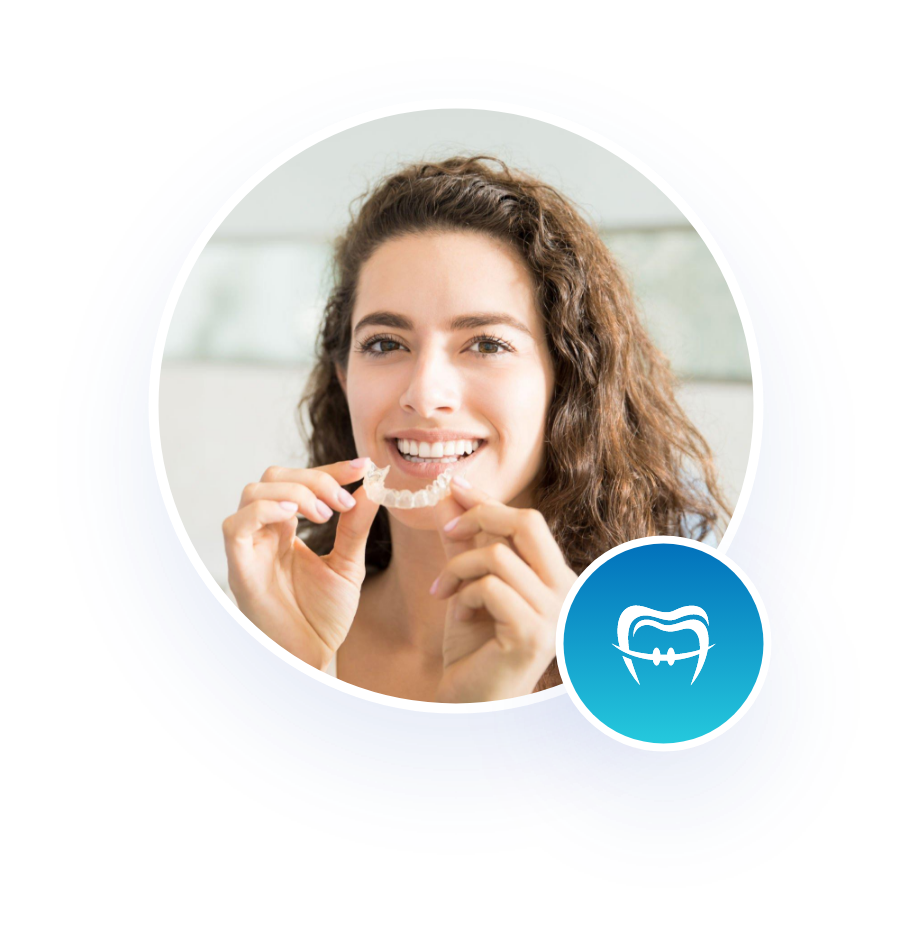Looks Can Be Deceiving
Be wary of techniques which purportedly straighten only your front teeth in some pre-determined length of time. Things are not always as they appear. We all know people who from the outside look healthy, but who internally are battling a chronic illness. Likewise, you may be interested to learn that even if your front teeth are straight, there can be a problem with how all your teeth fit together – a problem that can be bad for your overall oral health.
When the Bite’s Not Right
Think about gears. Their “teeth” are engineered to fit together in a specific way to perform a specific task. If they don’t fit together in the right way, the gears can’t do their jobs. It’s the same with your teeth. Upper and lower teeth are meant to fit in a certain way with their counterparts in the opposite jaw. If the fit is off, the bite is not right – even if the front teeth look straight. If the bad bite is not corrected, the stage is being set for potential problems.
The Goal of Orthodontic Treatment
The true goal of orthodontic treatment is to create a healthy bite so you can bite and chew food efficiently and comfortably. Teeth that work better tend to look better too. The beautiful smile is a pleasant side effect of treatment. A healthy bite is achieved by repositioning teeth within the jaw bones, and ensuring they meet as intended to allow for biting and chewing. The following bite problems can be difficult to see because often times with these conditions the front teeth are straight:
- An underbite (or anterior crossbite) – when the top teeth are positioned behind the bottom teeth
- An open bite – when the back teeth are closed, but the front teeth don’t meet, or when the front teeth meet, but the back teeth don’t touch
- A deep bite – when top teeth completely cover the bottom teeth
- A crossbite – when the bottom teeth are outside of the top teeth
If an improper bite is not treated, problems develop. Premature wear of teeth and chipping of teeth is a very common problem. Jaw joint problems can develop. There is a higher risk of cavities. All of this can make it difficult to eat and talk.
The good news is there is a way to check your bite and ensure none of this happens to you. Having a healthy bite applies to all of your teeth, not just the few front teeth people see when you smile. Check your bite, or your child’s, by consulting a board certified orthodontist. The only doctors who can call themselves “orthodontists” have graduated from dental school and then successfully completed the additional two-to-three years of education in an accredited orthodontic residency program. However, not even all orthodontists are board certified. Board certified orthodontists have gone a step further. Board certification represents a commitment by the orthodontist that he/she has the necessary knowledge base and skills to treat patients to the highest of standards. It exemplifies a practitioner’s commitment to continue to keep abreast of the latest advances in patient care, and to continue to deliver these latest advances to patients. Many orthodontists see it as a demonstration of their dedication to the specialty and the highest level of personal achievement.










